Here we list all the new books about women artists—from the past, and also from the present—that have come to our attention, published in the first quarter of this calendar year. Each description is drawn from the blurb on the publisher’s website. Do you know of other titles that should be on this list? Please let us know by comment or by email (Erika@artherstory.net).
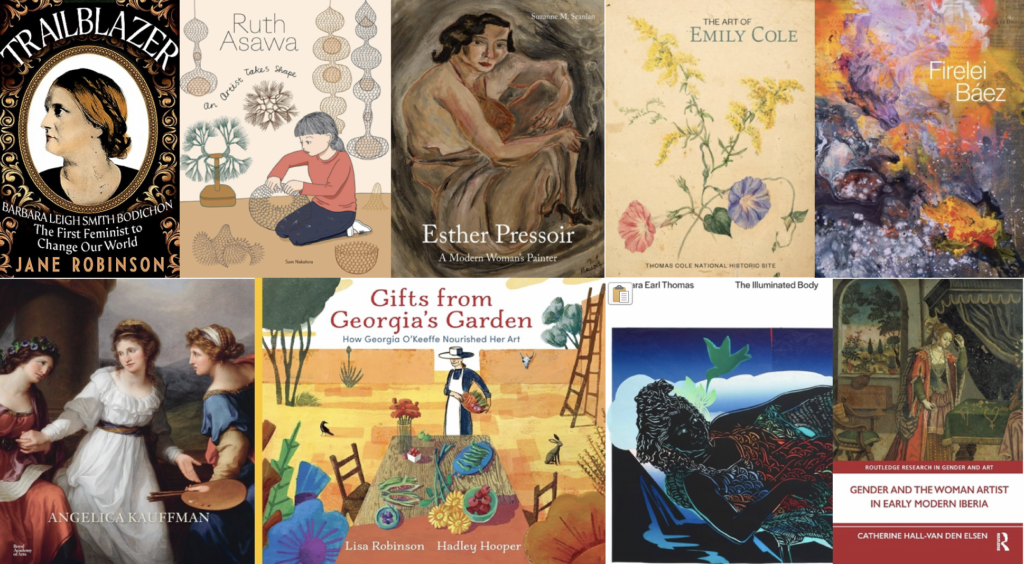
For young readers
Gifts from Georgia’s Garden: How Georgia O’Keeffe Nourished Her Art, by Lisa Robinson, illustrated by Hadley Hooper. Publisher: Holiday House, 2024.
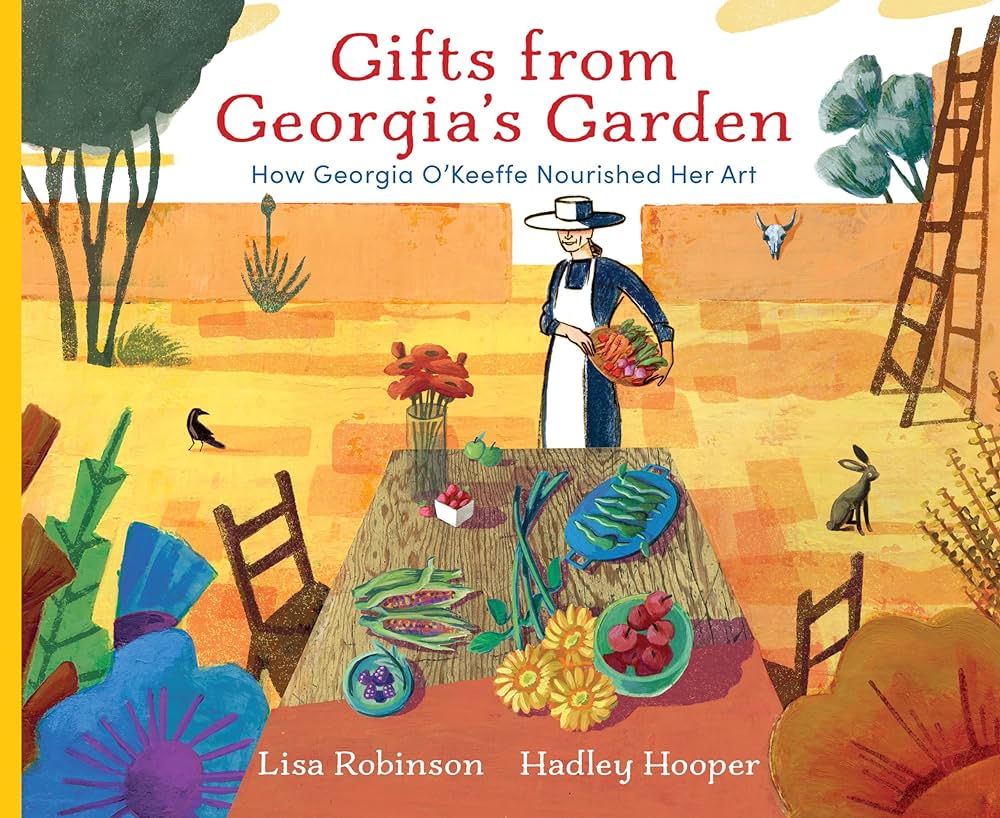
Most of us have heard the name Georgia O’Keeffe— she’s one of the most famous women in art history. But did you know that for most of her life, she lived on her own land in New Mexico, grew her own food, bought locally, and even made her own clothing? Georgia’s garden and her art fed and enriched one another, just as her bean plants enriched the soil and her home-grown feasts fed her friends. Gifts from Georgia’s Garden illuminates the life and philosophy of a figure every child should know. Backmatter adds context to O’Keeffe’s story and invites families to try out her sustainable gardening techniques— and her pecan butterball cookies.
Ruth Asawa: An Artist Takes Shape, by Sam Nakahira. Publisher: Getty Publishing, 2024.
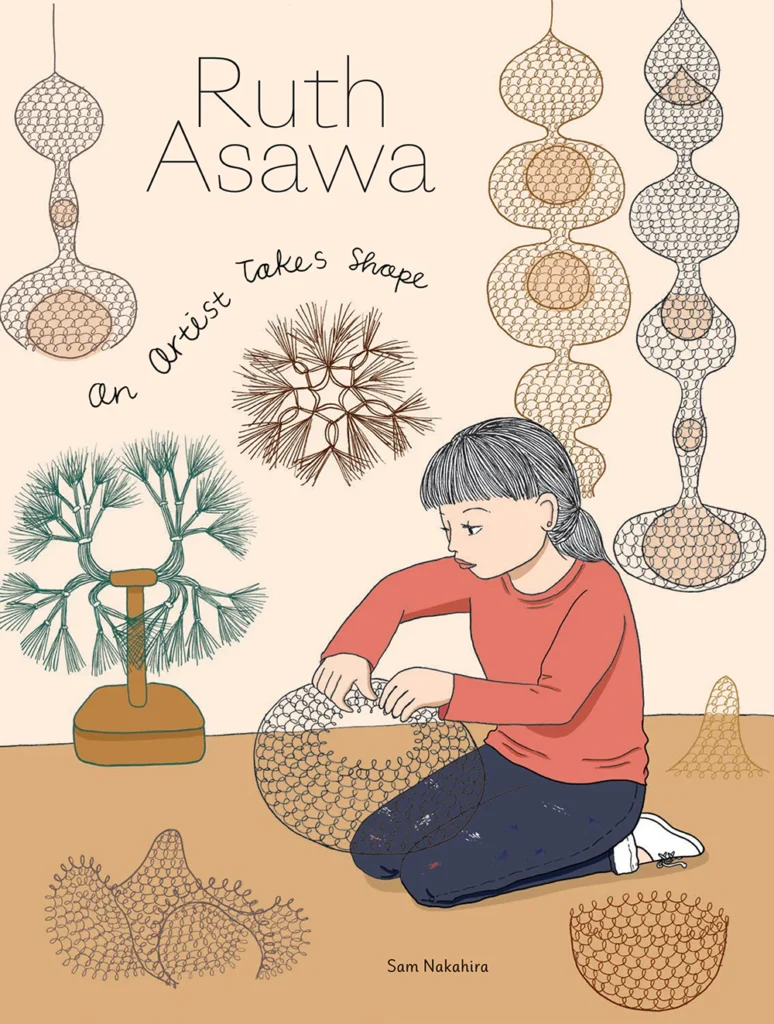
This graphic biography by Sam Nakahira, developed in consultation with Ruth Asawa’s youngest daughter, Addie Lanier, chronicles the genesis of Asawa as an artist—from the horror of Pearl Harbor to her transformative education at Black Mountain College to building her life in San Francisco, where she would further develop and refine her groundbreaking wire sculptures. Featuring lively illustrations and a dozen photographs of Asawa’s artwork, this graphic retelling of her young adult years demonstrates the transformative power of making art.
Adult non-fiction
Gender and the Woman Artist in Early Modern Iberia, by Catherine Hall-van den Elsen. Publisher: Routledge, 2024.
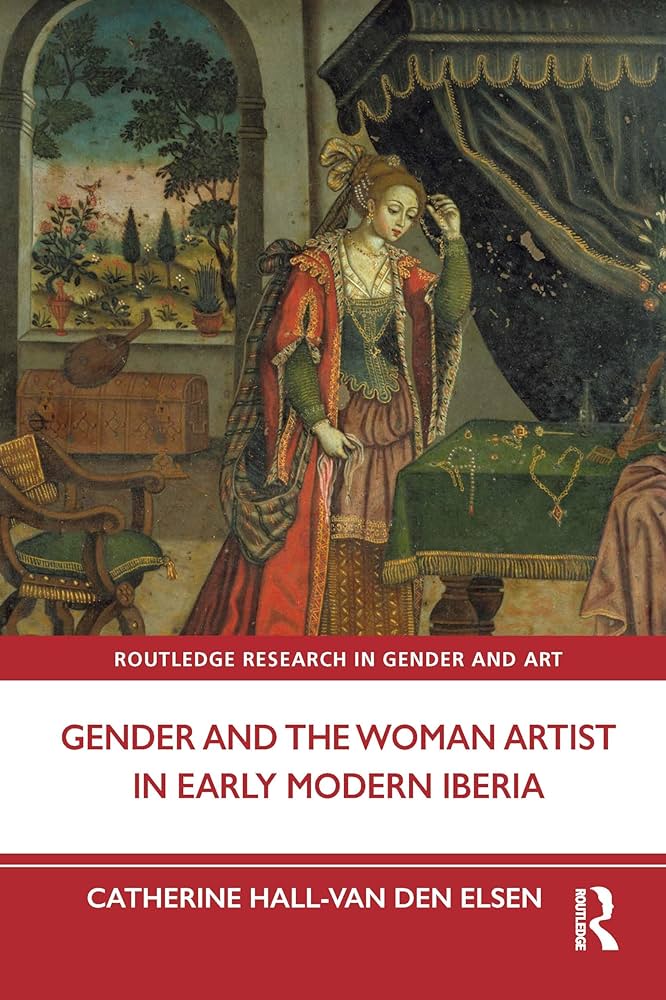
This monograph explores the social constructs surrounding artistic production in early modern Iberia through the lenses of gender and class by examining the rarely considered contribution of creative women in Spain and Portugal between 1550 and 1700. Using the life-stage framework popular in texts of the period and drawing on a broad spectrum of materials including conduct guidebooks, treatises and conventual rules, this book examines the constraints imposed by gender-related social structures through microhistories of nuns, married, and unmarried women. The text spans class boundaries in its analysis of the work of painters, engravers, and sculptors, many of whom have until now eluded scholarly attention in English-language publications.
Trailblazer: Barbara Leigh Smith Bodichon, The First Feminist to Change Our World, by Jane Robinson. Publisher: Penguin Random House, 2024.
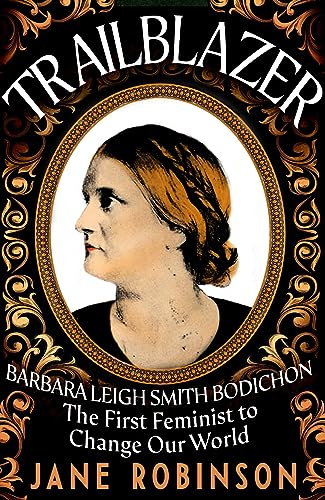
Name any “modern” human rights movement, and Barbara Leigh Smith Bodichon was a pioneer: feminism, equal opportunities, diversity, inclusion, mental health awareness, Black Lives Matter. Co-founder of Girton, the first university college for women, a committed activist for human rights, fervently anti-slavery, she was also one of Victorian England’s finest female painters. While her name has been omitted from too many history books, it was Barbara that opened the doors for more famous names to walk through. The book shines a light on a remarkable woman who lived on her own terms and to whom we owe a huge debt.
The Art of Emily Cole. Publisher: Thomas Cole National Historic Site, 2024.

This publication is the first to center the life and work of Emily Cole (1843–1913), the industrious artist who made a name for herself as a painter of botanicals on paper and porcelain. A catalog of the flora she that she encountered firsthand in New York’s Hudson Valley and beyond, this book reclaims the artist as an important figure within American art histories. The carefully rendered, colorful works that fill these pages represent significant holdings in the collection of the Thomas Cole National Historic Site, the lifelong home and studios of Emily Cole, as well as her father, Thomas Cole.
Esther Pressoir: A Modern Woman’s Painter, by Suzanne Scanlan. Publisher: Lund Humphries, 2024.

Esther Pressoir: A Modern Woman’s Painter situates Esther Estelle Pressoir’s body of work within the effervescent art scene of the early 20th century, both in America and abroad. The first book to present the wide-ranging oeuvre of this American modernist, it covers the span of Pressoir’s long life (1902–86) with a particular focus on the interwar decades (1920–40). Pressoir’s work is illuminated here in an examination of her private travel journal, letters, and numerous paintings, prints and drawings, some of which were recovered from the veritable time capsule of her art studio after she died. Placing Pressoir’s work in relation to trailblazing contemporaries such as Alice Neel, Florine Stettheimer and Suzanne Valadon, this book establishes the artist as a force to be reckoned with in the decades of emergent feminism and modern art in America. Scanlan restores Pressoir to her rightful place in the expanding canon of art and women’s histories.
Read Bridget Quinn’s review of this book for Hyperallergic.
Traces of a Jewish Artist: The Lost Life and Work of Rahel Szalit, by Kerry Wallach. Publisher: Penn State University Press, 2024.

Graphic artist, illustrator, painter, and cartoonist Rahel Szalit (1888–1942) was among the best-known Jewish women artists in Weimar Berlin. But after she was arrested by the French police and then murdered by the Nazis at Auschwitz, she was all but lost to history, and most of her paintings have been destroyed or gone missing. Drawing on a range of primary and secondary sources, this biography recovers Szalit’s life and presents a stunning collection of her art. Engaging and deeply moving, this biography explores the life, work, and cultural contexts of an exceptional Jewish woman artist. It brings Rahel Szalit into the larger conversation about Jewish artists, Expressionism, and modern art.
Hélène Binet, by Marco Iuliano and Martino Stierli. Publisher: Lund Humphries, 2024.
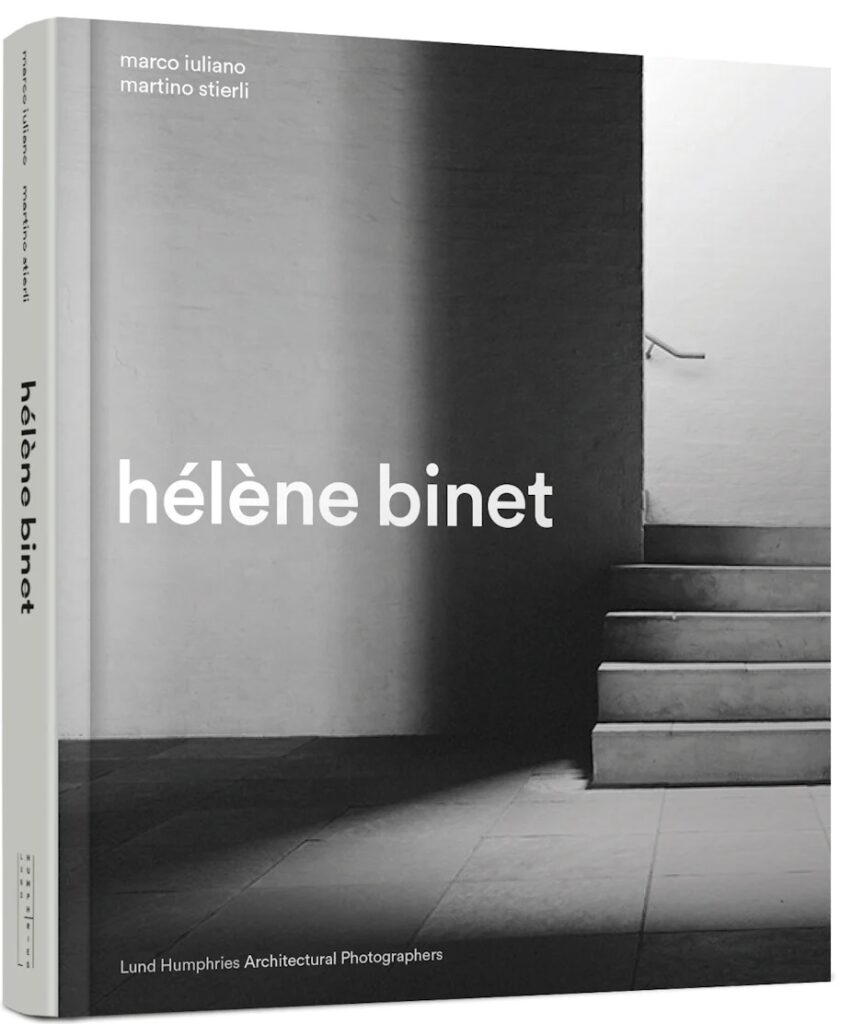
Over a period of forty years, Hélène Binet has photographed both contemporary and historical architecture. This is the complete monograph of her work, with two extensive critical essays, in which Marco Iuliano details Hélène Binet’s background, and Martino Stierli sets Binet’s work within the conceptual framework of architectural photography. The two essays are followed by a catalogue of Binet’s work, which is framed within a series of her recurring themes emerged through dialogues between the authors and the photographer.
Mothers of Invention, by Eleanor Heartney, Helaine Posner, Nancy Princenthal and Sue Scott. Publisher: Lund Humphries, 2024.

Offering a radical rewriting of the history of contemporary art from a feminist perspective, four distinguished authors explore the lineages of performance, abstraction, craft and ecofeminism in ways that reveal the debt these important genres owe to the work of pioneering women artists. Tracing these influences over time, Mothers of Invention underscores the enormous impact of feminist ideas on the work of contemporary artists of all genders. Illustrated with a spread of work from the last sixty years (and including contextual discussion of earlier practitioners), this book makes a compelling case for placing feminist art and artists at the heart of contemporary art.
With Darkness Came Stars: A Memoir, by Audrey Flack. Publisher: Penn State University Press, 2024.
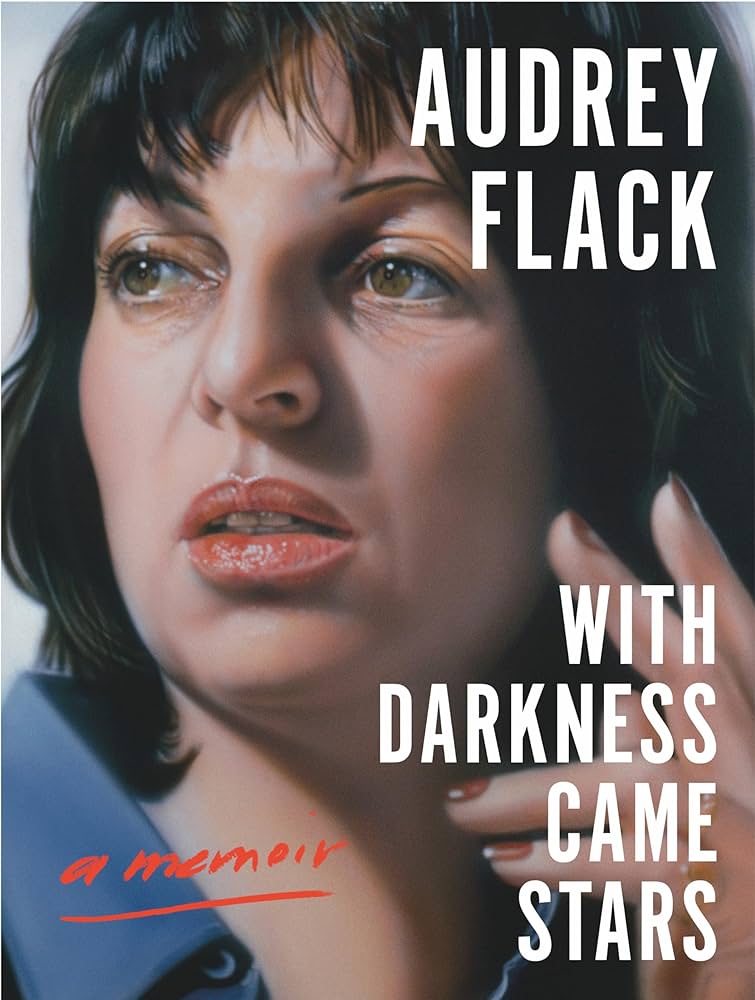
An artist, mother, teacher, and rebel, Audrey Flack is counted among the most important American artists of the twentieth century. She has lived a remarkable life, successfully navigating a vibrant and virulently sexist art world, escaping an abusive marriage, and reshaping the rules of art creation in the middle of the twentieth century—all while raising two children, one with severe autism. Flack’s story is full of strife and striving, but as an artist, she has always been able to find the beauty in it. In With Darkness Came Stars, she recounts and reflects upon a life fully lived.
Marina Abromovic: A Visual Biography, by Katya Tylevich and Marina Abramovic. Publisher: Laurence King, 2024.
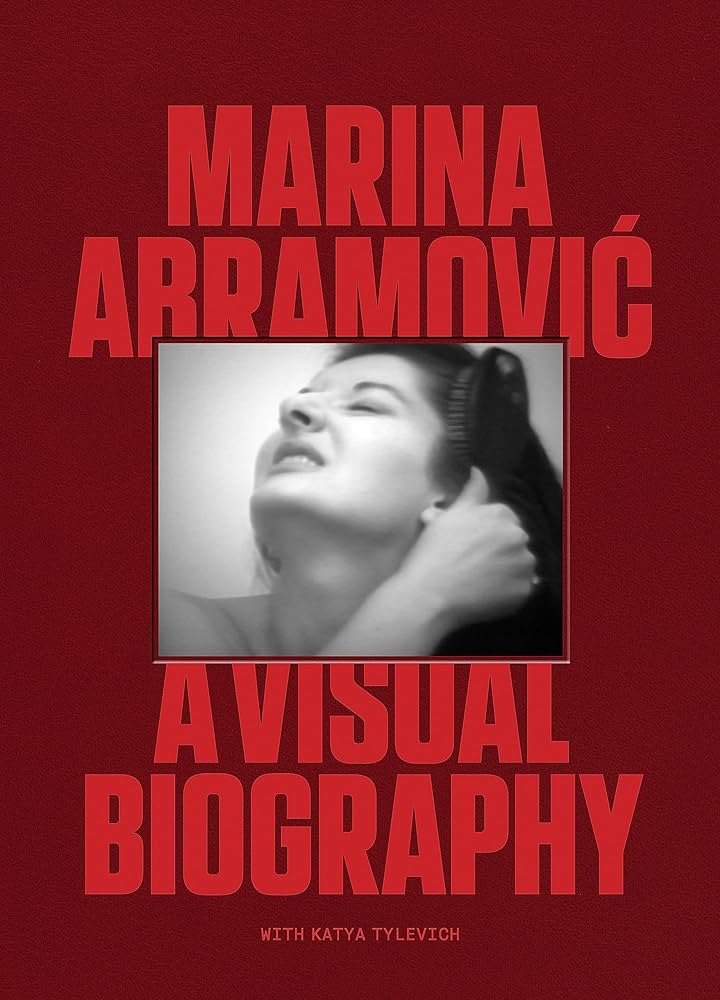
Combining brand-new interviews, never-before-seen images and fascinating ephemera, this book is a testament to the extraordinary life and work of one of our most courageous and groundbreaking artists, and is published to coincide with the opening of Abramovic’s Royal Academy exhibition—the first major show by a female artist in the Academy’s 255-year history. Agreeing to answer any question that was posed, Marina Abramovic embarked on 17 months of candid interviews conducted by her friend and confidante, Katya Tylevich. The result is a monolithic retrospective that takes us from the humble beginnings of a shy child sitting at the back of the class, to fearless pioneer, conquering and subverting the art world with boundary-pushing performances, and concluding with her most profound personal experience to date.
Summer Wheat: Forager, text by Jennifer Sudul Edwards, Anne Ellegood, Jennifer Krasinski and Diedrick Brackens. Publisher: Rizzoli, 2024.

For the artist’s first monograph, curator Jen Sudul Edwards discusses the wide range of subjects that inform Wheat’s work and positions her use of materials in the context of alchemy. Curator Anne Ellegood in conversation with the artist traces Wheat’s transition from painting to sculptural work, large-scale installations ,and first foray into building a freestanding architectural space. Jennifer Krasinski explores Wheat’s unique approach to painting, with her large panels seemingly a cross between intricate beadwork and the pixel-like structure of a digital image. Artist Diedrick Brackens speaks with Wheat about lines—from one that is drawn by hand to the ones that define spaces between art and craft, and the ones defined by a single thread.
Exhibition catalogs
Angelica Kauffman, text by Bettina Baumgärtel, Annette Wickham. Publisher: Royal Academy, 2024.
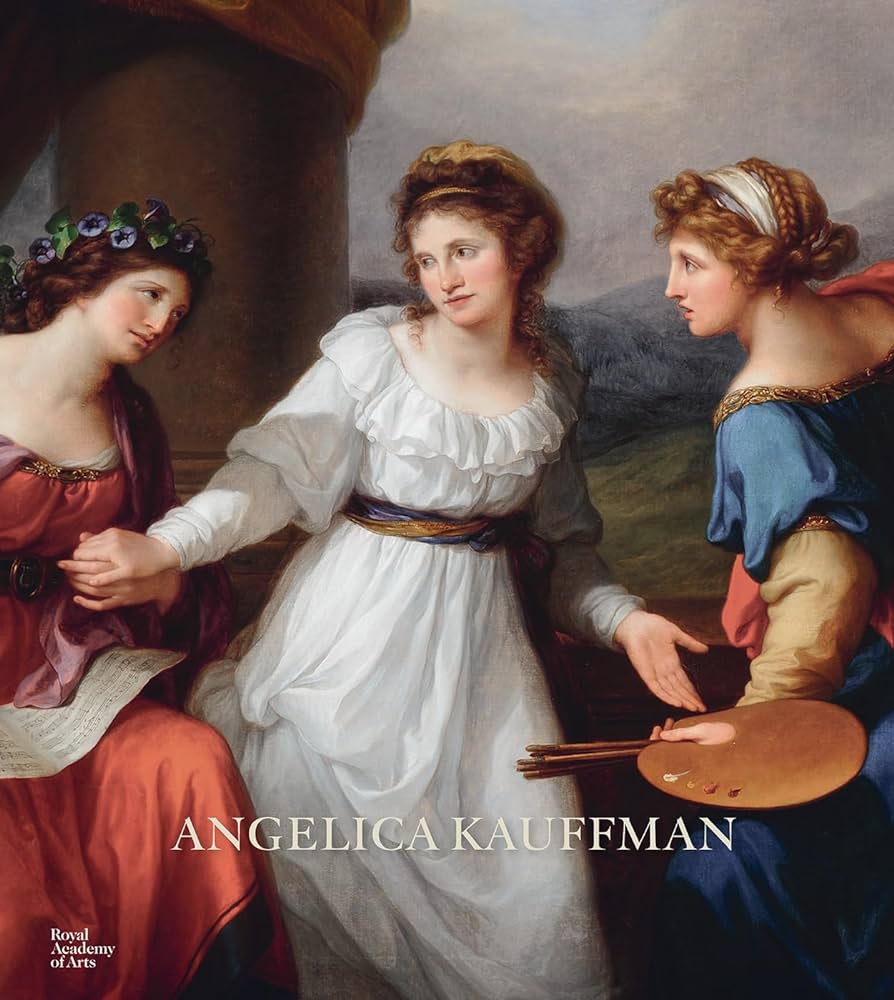
Internationally renowned, highly educated and well connected, Angelica Kauffman (1741–1807) had a brilliant career as a pioneering history painter, an innovative portraitist and one of only two women artists among the founding members of the Royal Academy of Arts in 1768. This exhibition at the Royal Academy, and its corresponding catalog, covers Kauffman’s life and work: from her beginnings as a child prodigy and rise to fame in London to her later career across Europe, settling in Rome where her studio became a hub for the city’s cultural life. The volume presents some of her most extraordinary artwork, including her self-portraits, history paintings of female subjects such as Circe and Cleopatra, and her ceiling paintings made for the Royal Academy’s original location at Somerset House.
Nancy Elizabeth Prophet: I Will Not Bend an Inch, Edited by Sarah Ganz Blythe, Dominic Molon and Kajette Solomon. Publisher: Yale University Press, 2024.
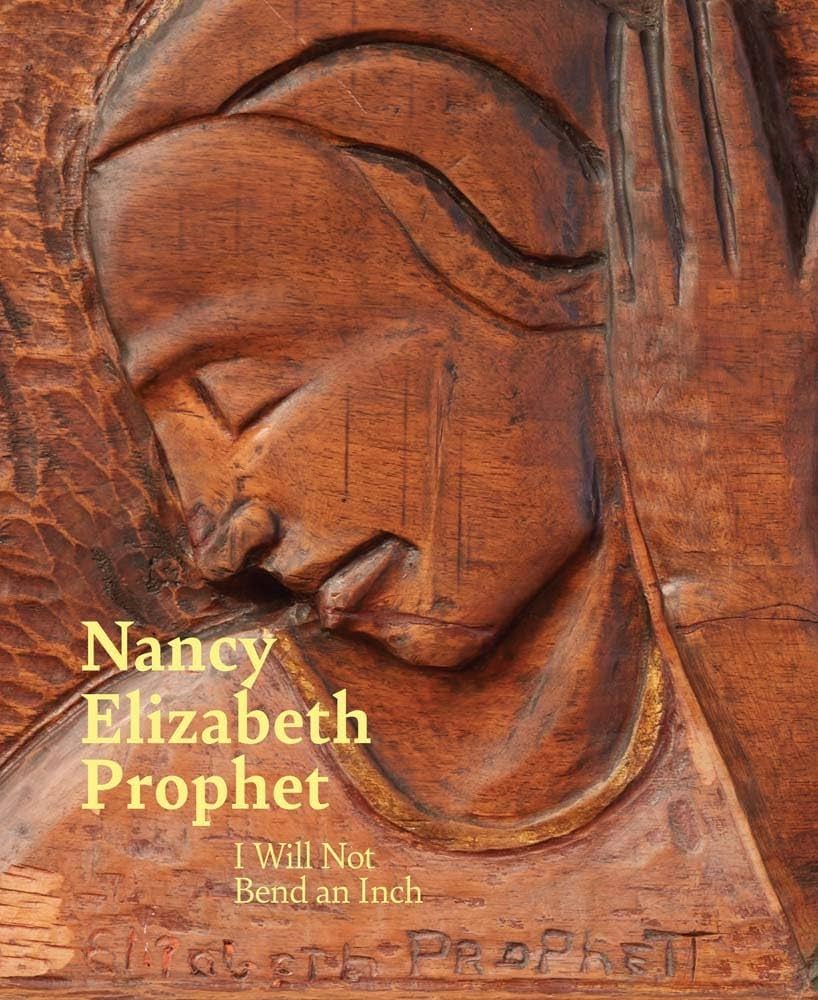
This book offers a nuanced and comprehensive presentation of the life and work of Nancy Elizabeth Prophet (1890–1960), whose figural sculptures in wood, marble, and bronze combined the aesthetic concerns of modernism with the beaux-arts tradition. An artist of African American and Narragansett ancestry, Prophet was the first known woman of color to graduate from the Rhode Island School of Design. Though she studied portraiture, she produced a body of evocative sculpture conveying atmosphere and emotion rather than depicting individuals. Through original essays, catalogue entries on Prophet’s major works, and an illustrated chronology of her remarkable life, this book reframes Prophet’s powerful work and legacy.
Beyond Form: Lines of Abstraction, 1950–1970, by Flavia Frigeri. Publisher: Eiderdown Books, 2024.

In the two decades following the second World War, whilst navigating seismic cultural, social and political shifts, women artists forged new boundaries in artmaking. For these women, abstraction became a radical global language with which to confront, challenge and undermine gendered stereotypes. Art historian and “Chanel Curator for the Collection” at the National Portrait Gallery, London, Flavia Frigeri deftly weaves together an extraordinary group of British and international artists to reveal the lines of abstraction which runs through their work.
Victoria-Idongesit Udondian: How Can I Be Nobody, Edited by Sylvester Okwunodu Ogbechie. Publisher: Himler Verlag, 2024.

Victoria-Idongesit Udondian is a contemporary artist whose work is driven by an interest in textiles and the potential for clothing to shape identity, informed by the histories and tacit meanings embedded in everyday materials. She uses these to create interdisciplinary projects that question notions of cultural identity and post-colonial positions in relation to her experiences growing up in Nigeria and her USA-based transnational art practice. This is the first publication to document and contextualise Udondian’s creative interrogation of textiles and shifting cultural identities within a global trade system, characterised by transnational movement of goods and people from one part of the world to the other.
Samia Halaby: Centers of Energy, Edited by Elliot Josephine Leila Reichert, Rachel Winter, and Samia Halaby. Publisher: Hirmer Verlag, 2024.

Samia Halaby is widely recognized as a pioneer in twentieth-century abstraction and computer-generated art and as a leading scholar of Palestinian art. As an early practitioner of digital art, she taught herself programming languages and generated “kinetic paintings” of colorful shapes, sounds, and textures on a late 1980s Amiga computer. Throughout the 1990s, she developed a custom PC program that can generate moving shapes with live keyboard commands. These kinetic paintings and performances, which Halaby has archived as digital video files, have been little studied and not yet exhibited. Samia Halaby: Centers of Energy brings together approximately thirty-five of the artist’s paintings, prints, and drawings in the first-ever American survey of her work, and features Halaby’s writing about her artistic practice.
Firelei Báez, Edited with preface by Eva Respini. Foreword by Jill Medvedow. Text by Leticia Alvarado, Firelei Báez, Katherine Brinson, Jessica Bell Brown, Julie Crooks, Daniella Rose King, Eva Respini, Hallie Ringle, Katy Siegel. Publisher: Delmonico Books, 2024.
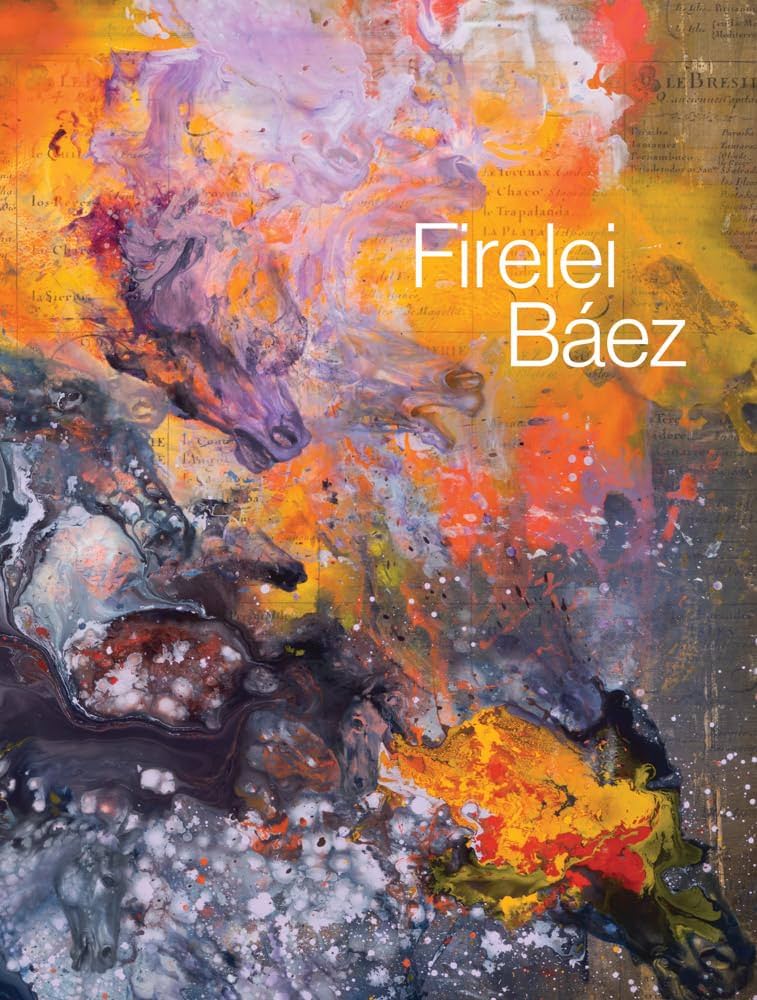
Firelei Báez draws on the disciplines of anthropology, geography, folklore, fantasy, science fiction and social history to unsettle categories of race, gender and nationality in her paintings, drawings and installations. Her exuberant paintings feature finely wrought, complex and layered uses of pattern, motifs and saturated hues. This lushly illustrated book offers audiences a holistic understanding of Báez’s complex body of work, cementing her as one of today’s most important artists. Partly inspired by artists’ sketchbooks, the monograph includes full-spread reproductions of the artist’s preparatory sketches alongside annotations, source images and close-up details of her artworks.
Anj Smith: Drifting Habitations, Text by Claire-Louise Bennett. Interview by Orna Guralnik. Publisher: Hauser & Wirth Publishers, 2024.
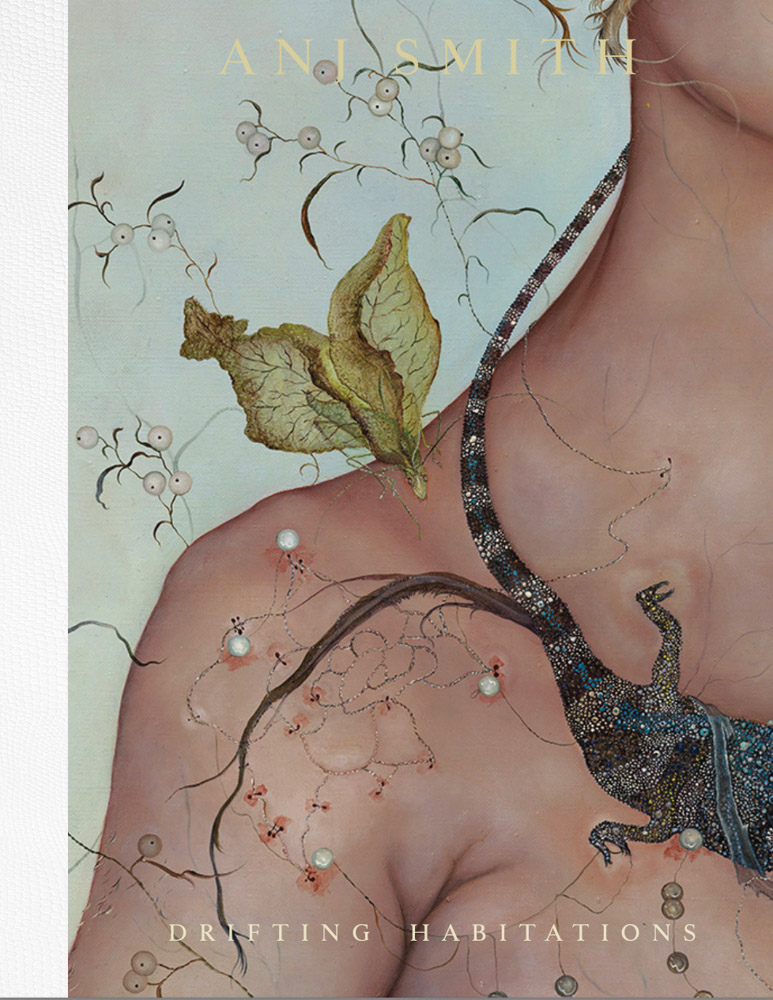
Anj Smith: Drifting Habitations presents the artist’s latest body of work, where ecologically devastated landscapes are host to liminal beings and creatures. The artist’s luscious paintings invite viewers to consider the fluidity of their perceptions of the world. This publication features a conversation between psychologist Orna Guralnik and the artist, in which such themes as plurality, rewilding and repurposing are discussed, as well as a poetic intervention by author Claire-Louise Bennett, who conjures up a roiling world of her own and plays with readers’ understanding of reality, nature and self.
Katharina Grosse: Why Three Tones Do Not Form A Triangle, Edited by Klaus Albrecht Schröder and Angela Stief. Publisher: Hirmer, 2024.
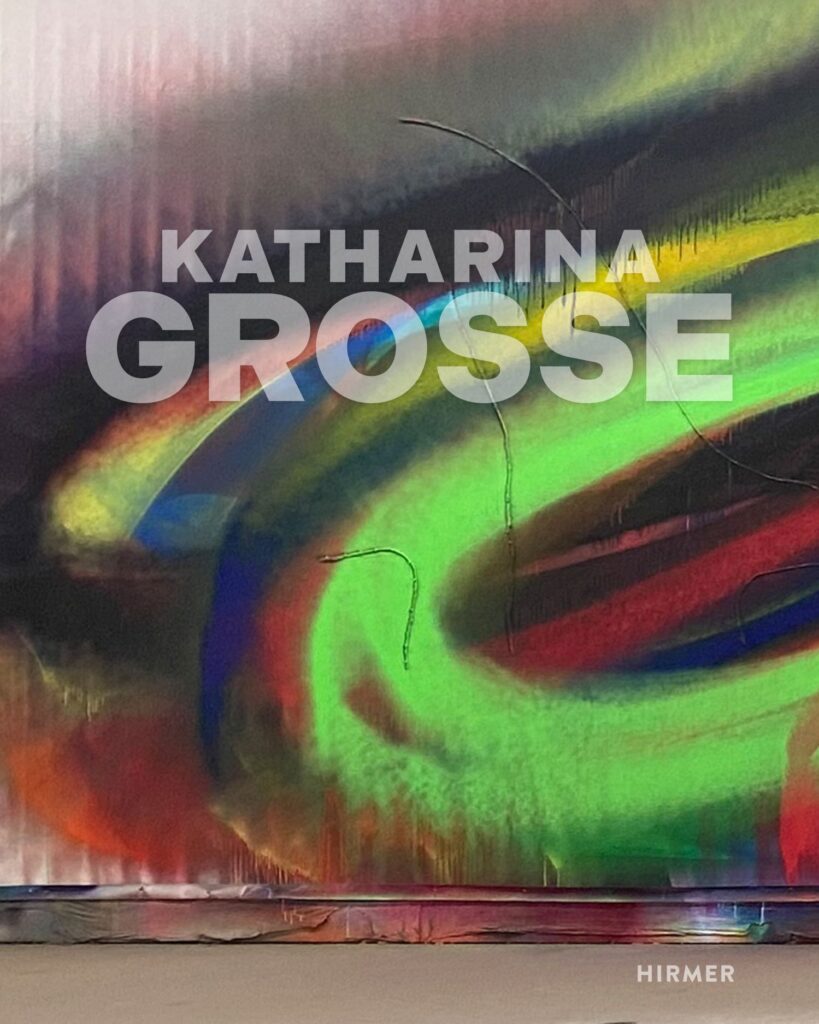
Katharina Grosse creates walkable artworks in three historic spaces at the Albertina in Vienna. The vibrating colours extend across the walls, ceilings and floors, crossing spatial and intellectual boundaries. They overwhelm by virtue of their power, intensity and sheer size. The catalog documents the three-dimensional pictorial world with installation photos that are rich in detail and images from the artist’s studio. This volume provides a profound insight into Grosse’s working method, her sources of inspiration and the processes through which she generates her ideas.
Lynda Benglis, Properzia de’ Rossi, Edited by Lorenzo Balbi. Publisher: Silvana Editoriale, 2024.
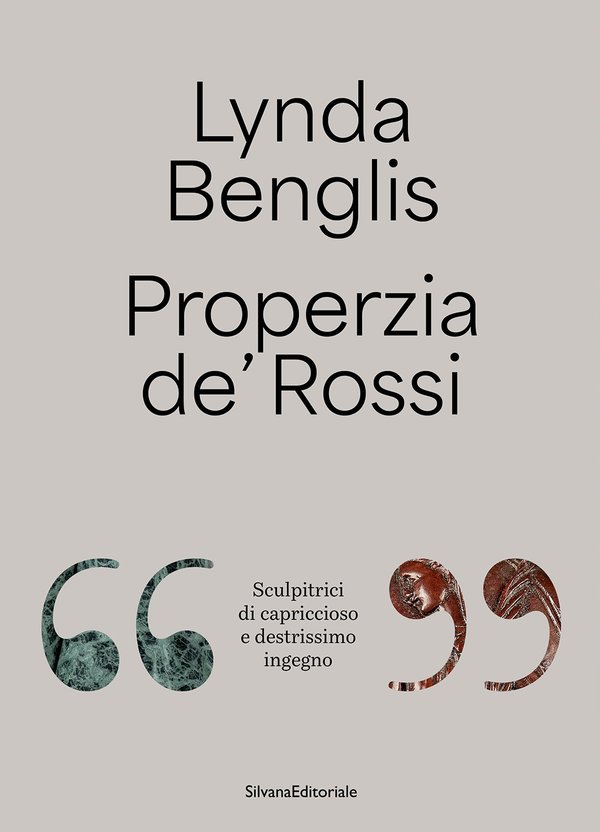
This book proposes an unprecedented dialogue between two women artists from across time. Properzia de’ Rossi and Lynda Benglis. Properzia, born in Bologna around 1490, is considered the first female sculptor in the history of art and the only woman to have a biography in Giorgio Vasari’s Lives. Lynda Benglis, born in Lake Charles in the United States in 1941, is one of the leading figures in international contemporary art. Despite the long span of time that separates them and their historical and geographical distance, both of their approaches to artistic practice are outside the canons and established models. They invite us to reflect on women’s art and the importance of rethinking dogmatic practices that are still rooted and current, but now obsolete.
Unravel: The Power and Politics of Textiles in Art, Edited by Lotte Johnson, Amanda Pinatih, and Wells Fray-Smith. Publisher: Prestel, 2024.
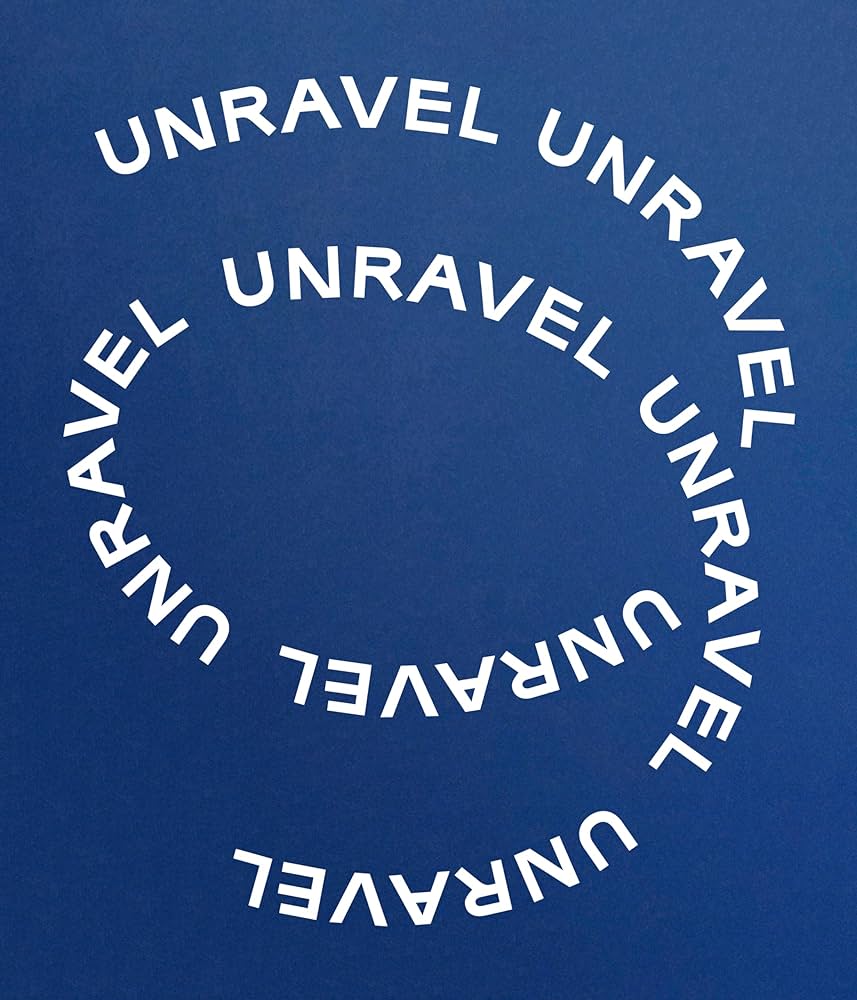
Bringing together more than 100 works by a diverse range of international practitioners, this eye-opening volume explores how textile art can be as discomforting as it is beautiful, and how age-old materials and processes are being reimagined with boundary-smashing innovations. This beautifully produced book features a collection of renowned artists from around the world and reveals the extraordinary potential of textiles to confront fixed notions of history, race, gender, sexual expressions, and class—and how, ultimately, it can be a powerful force for both resistance and repair.
Ann Craven: Twelve Moons, Edited by Rainer Diana Hamilton, Ariana Reines, Daniel S. Palmer. Publisher: SCAD Museum of Art, 2024.
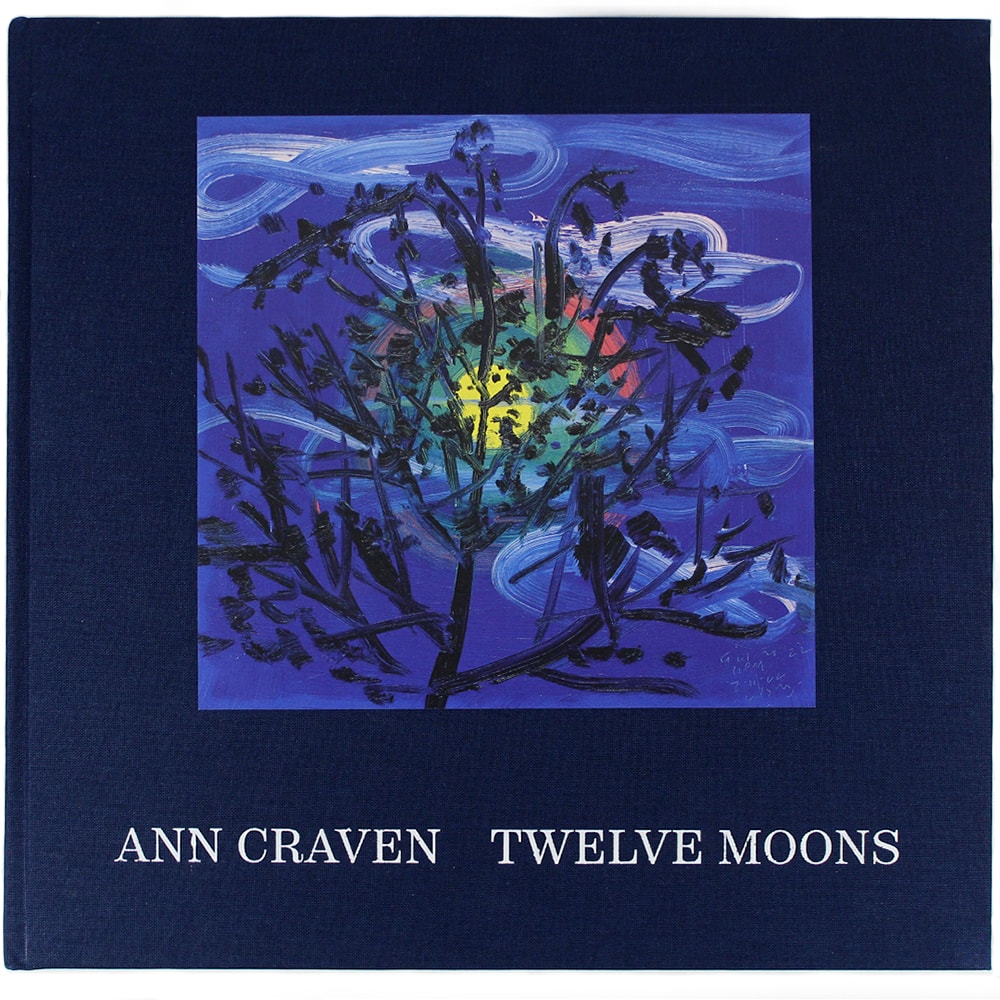
Twelve Moons presents the visionary works of American painter Ann Craven (born 1967), known for her vibrant depictions of the moon and the night sky. Through her practice of painting en plein air, Craven captures the conditions she observes over the course of the lunar cycle, which then become the inspiration for her larger monumental compositions. In an extensive series, Craven creates a captivating panorama that encompasses the cycles of the moon throughout the 2022 lunar year. Often painting from the same viewpoint, Craven’s nocturnal yet tranquil compositions sometimes only differ in the light that the moon casts on her surroundings. Twelve Moons forms a distinct chapter in Craven’s oeuvre, showcasing her ongoing fascination with the wonders of the natural phenomena that surround us.
Online and open access
Teaching / Learning with Lorraine O’Grady’s Both / And, Co-edited by Lorraine O’Grady and Amanda Gilvin. Publisher: Davis Museum at Wellesley College, 2024.
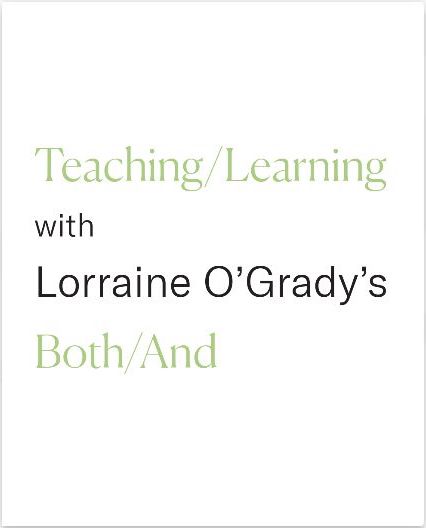
Since studying Spanish and Economics at Wellesley, Lorraine O’Grady ‘55 has worked as a government analyst, fiction writer, translator, rock critic, literature professor—and conceptual artist. Her multidisciplinary perspective continues to shape her incisive writing and artwork, and thinkers from many fields have learned from her explorations of Black female subjectivity, hybridity, and diaspora through the theoretical framework of Both/And. This e-book, accessible online with no paywall, includes writings by O’Grady, art critics, and members of the Wellesley community that reflect on how they teach and learn with Lorraine O’Grady’s Both/And.
Serialized online
Forever Free: Edmonia Lewis, Carving Out a Life, by Paula Butterfield. Publisher: Channillo, 2024.

This true story of a Civil War-era, mixed-race woman carving out her identity is as relevant today as it was when she first created a figure from a block of marble. Born in a wigwam, Edmonia finds her way to Oberlin College and is on track to become the first woman of African descent in the U.S. to earn a bachelor’s degree, a goal derailed when she endures a murder charge and a beating at the hands of racist vigilantes. An outsider in every way, Edmonia ultimately overcomes the obstacles of her race and sex to become an internationally renowned sculptor who creates her true companions—the first images of Native American and African-American subjects. Although Edmonia Lewis was unique, many of the challenges she faced are universal.
US edition now published
The Other Side: A Story of Women in Art and the Spirit World, by Jennifer Higgie. Publisher: Pegasus Books, 2024.
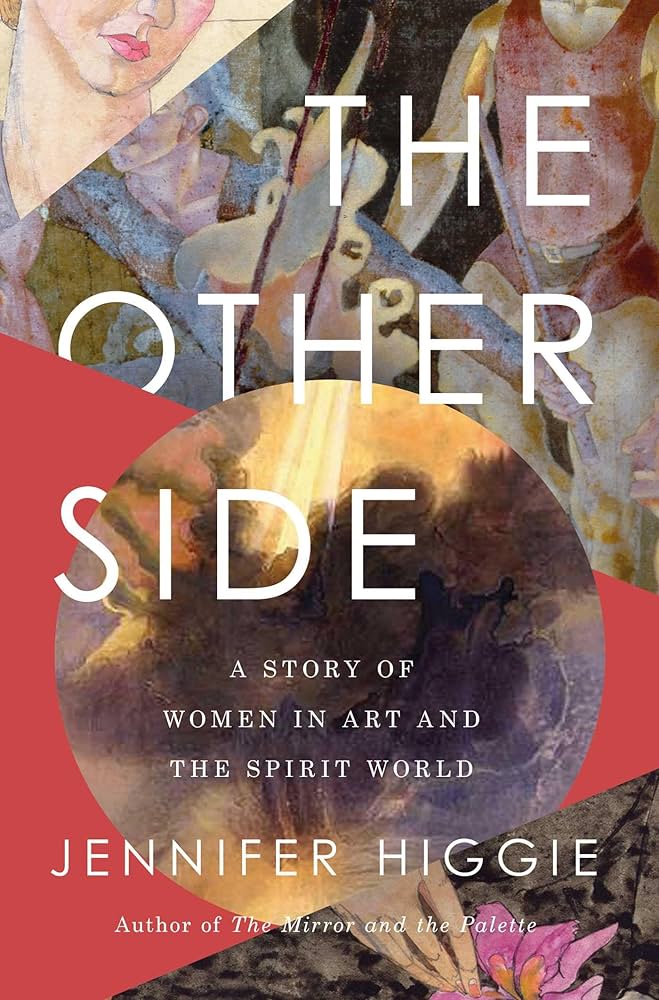
Weaving in and out of the lives of myriad women artists from the Middle Ages to the present while sharing her own memories of otherworldly experiences, Jennifer Higgie discusses the solace of ritual, the gender exclusions of art history, the contemporary relevance of myth, the boom in alternative ways of understanding the world and the impact of spiritualism on feminism and contemporary art. A radical reappraisal of a marginalized group of artists, The Other Side blends memoir, biography, and art history.
Similar Art Herstory posts:
New Books About Women Artists | Jan–Mar 2025
New Books About Women Artists | Oct–Dec 2024
New Books About Women Artists | July–Sept 2024
New Books about Women Artists | Oct–Dec 2023
Recent Books for Young Readers About Women Artists
New Books about Women Artists | Jul–Sept 2023
New Books about Women Artists | Apr–Jun 2023
Ten Intriguing Books About Remarkable Women Artists, a guest post by Carol M. Cram




